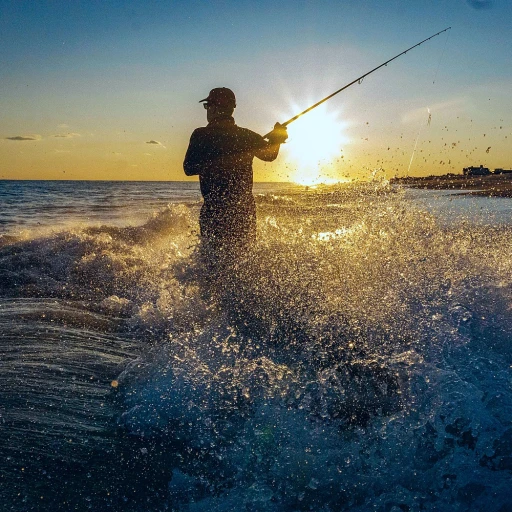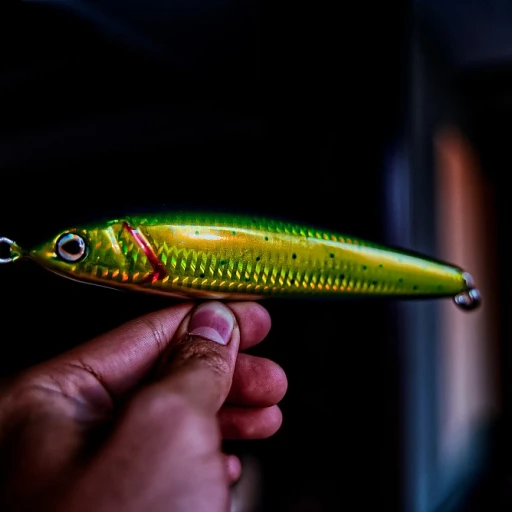Understanding Fishing Irons
Understanding the fundamentals of fishing irons will enhance your fishing experience, as these unique tools are designed to imitate baitfish and other prey. Fishing irons, often referred to as jigs or lures, are available in various types to target different species and conditions. From surface irons perfectly suited for saltwater fishing in states like Southern California to the versatile Tady light surface options in blue white colors, there's an iron for every need. Iron fishing is a technique not only enjoyed in the United States but globally, owing to these jigs' capability to entice fish across diverse water environments. Whether you're fishing from a boat or off the shore, having the right iron can dramatically impact your success rate. When browsing through options, it’s important to consider the aspect of surface and subsurface use, as well as the rated weight for different water depths. The price of fishing irons can vary widely, from the regular price of standard options to more specialized units offering premium features. Experienced anglers often look for sales or pre-owned items to find a balance between quality and affordability. For more insights on how to choose the right fishing gear, especially when considering hook sizes, check out these helpful fishing adventures tips. In summary, understanding fishing irons involves recognizing their versatility and application across various angling scenarios. This foundation will guide you in choosing the most suitable iron for your fishing adventure, ensuring both practical enjoyment and success in your fishing endeavors.Types of Fishing Irons
Exploring the Diversity of Fishing Irons
Fishing irons come in a variety of designs and colors, each crafted to achieve specific outcomes based on water conditions and targeted fish species. Among the popular variants are surface irons, known for their effectiveness in saltwater fishing and particularly favored in southern California. These lures work well on top of the water, enticing fish with their movement.
Surface irons vary in price, shape, and weight, each affecting their action in the water. The light surface iron, like the tady light, is crafted to handle lighter fish weights and provides an enticing movement in the water. The heavier irons, or jig variants, are rated for deeper and stronger pulls, perfect for targeting larger species under the surface.
When selecting the perfect iron, the choice of color plays a crucial role. Options like blue white are often preferred due to their ability to mimic bait fish, making them more appealing for the target catch. In addition to the weight and color, the price USD of these products is also a factor to consider, with options available from pre-owned units or new, each with their specific sale price and regular price tags.
Using iron jigs effectively requires understanding how these lures react on different states of water. For recreational fishermen, having a collection of various irons can enhance success rates and adapt to different fishing environments. With proper selection, even a first-time angler can experience the thrill iron fishing offers.
Choosing the Right Fishing Iron
Finding the Perfect Iron for Your Needs
Choosing the right fishing iron can make a significant difference in your angling experience, especially if you're aiming to maximize your catch in different water conditions. When selecting the perfect lure, several factors should be considered to ensure you get the most out of your investment.
- Type of Fish and Water Conditions: Different fish species and water conditions require specific fishing techniques. For example, fishing for iron fish in saltwater areas like Southern California might require different lures than those for freshwater environments. Consider the type of water—whether it's rough or calm surface water—and the characteristics of the fish you aim to catch.
- Weight and Action: Light surface irons are ideal for fast-action presentations and are commonly used in surface fishing to attract fish such as tuna. On the other hand, heavier jigs, or iron jigs, are suitable for deeper water or stronger currents, where a slow, enticing jigging action can make all the difference. Consider selecting the unit price or sale prices according to your preferred action style.
- Budget Considerations: While the price of fishing irons can vary, understanding unit price or usd regular price helps in budgeting effectively. Keep an eye on promotions like sponsorships or free gear that might affect your overall investment. Be aware that sometimes pre-owned items like the tady light or iron man series can offer significant savings while still providing top performance.
- Color and Design: Selecting the right color, such as blue white or other attractive combinations, can enhance your catch rates by mimicking the natural prey of your target fish. Designs like the best surface iron or specific brands that are highly rated can give you an edge in enticing fish.
Taking the time to understand these factors can lead to a better fishing experience, whether you’re casting from a boat or the shore. Equip yourself with an iron that suits your fishing needs and don't overlook the details that could make a memorable difference. For further insights on enhancing your catch, explore our guide on efficient fish storage solutions.
Techniques for Using Fishing Irons
Mastering the Art of Iron Fishing
Using fishing irons effectively requires a blend of technique, patience, and the right equipment. Whether you're casting from a boat or the shore, understanding the nuances of these versatile lures can significantly enhance your fishing experience.
Setting Up Your Gear
First, ensure your reel and rod are well-matched to the type of iron you plan to use. Light surface irons, for example, work best with a lighter setup, allowing for better control and casting distance. Consider the regular price and unit price of your gear to find a balance between cost and performance.
Perfecting the Cast
Casting is crucial when fishing with irons. Aim for a smooth, controlled motion to maximize distance and accuracy. Practice makes perfect, so don't hesitate to spend time honing your skills. In southern California, for instance, anglers often practice casting towards kelp beds where fish are known to congregate.
Retrieving Techniques
Once your iron hits the water, the retrieval technique becomes essential. A steady, rhythmic retrieve often works best, mimicking the movement of bait fish. Vary your speed and pauses to see what attracts the most strikes. Iron jigs, such as the popular Tady light, are rated highly for their ability to entice fish with their erratic movement.
Adapting to Conditions
Fishing conditions can change rapidly, so adaptability is key. If you're fishing in deeper water, heavier irons might be necessary to reach the desired depth. On the other hand, surface irons are ideal for targeting fish that feed near the surface. Always be prepared to switch up your technique based on the environment and fish behavior.
Understanding Fish Behavior
Finally, understanding the behavior of your target species can greatly improve your success rate. Different fish react to lures in unique ways, so observe their patterns and adjust your approach accordingly. In the United States, for example, certain fish are more active during specific times of the day, affecting your choice of lure and technique.
Benefits of Fishing Irons
The Advantages of Integrating Fishing Irons in Your Angling Arsenal
Incorporating fishing irons into your gear can enhance your fishing experience by delivering a range of unique benefits. Whether you're targeting fish in the United States or adventuring in Southern California's saltwater fishing spots, the versatility and efficacy of fishing irons are unmatched. Fishing irons are designed to imitate the movement of bait fish, making them highly effective in attracting a variety of fish species. Their ability to target both surface and subsurface layers of water allows anglers to cast these lures in different fishing environments. Here are some reasons why you might consider adding fishing irons to your collection:- Versatile Application: Unlike other fishing lures and jigs, fishing irons simplify the transition between targeting different fish and fishing conditions without the need for frequent equipment changes.
- Durability: These lures are typically constructed from robust materials that withstand the challenges of saltwater and freshwater environments, providing a reliable option whether you're on a boat or casting from shore.
- Cost-Effectiveness: Forget about excessive spending; fishing irons come at different price points, accommodating various budgets. Whether you're interested in high-end brands or opting for cost-friendly pre-owned selections, there's something suitable for everyone.
- Surface Interaction: Flats fishing often requires lures specifically adept at working the surface. Surface irons excel here, enhancing your chances of hooking lively targets swarming these zones.
Maintenance and Care for Fishing Irons
Essential Maintenance Tips for Your Fishing Irons
Taking proper care of your fishing irons is crucial for ensuring their longevity and performance. Regular maintenance will not only preserve the quality of your jig or lure but also optimize your iron fishing experience, whether you're casting in the lakes of the United States or the saltwater of Southern California.- Clean After Every Use: Whether using a surface iron or a tady light, always rinse your fishing iron with fresh water after each trip. This helps to remove salt, dirt, and bait remnants that could lead to corrosion, especially in saltwater fishing.
- Dry Thoroughly: After washing, dry your irons completely to prevent rust. Moisture is a common enemy of metal tools, and letting them air dry in a well-ventilated area is a good practice.
- Regular Inspections: Regularly check for any signs of wear and tear. Inspect the hook points, split rings, and the body of the iron for any damage. Replacing faulty components immediately is crucial in keeping your fishing setup optimized.
- Polish as Needed: To maintain the lure's surface, consider using a light polish if the iron fish loses its shine. A smooth and reflective surface can enhance the bait's attraction factor.
- Keep Tackle Organized: Proper storage is equally important. Use tackle boxes to keep your irons organized and prevent them from knocking against one another, which can lead to scratches or chips.
- Mind the Price: Pay attention to price differences when purchasing maintenance supplies. The free market in the United States offers competitive pricing, so it's worth comparing the sale price, regular price, and unit price across retailers.

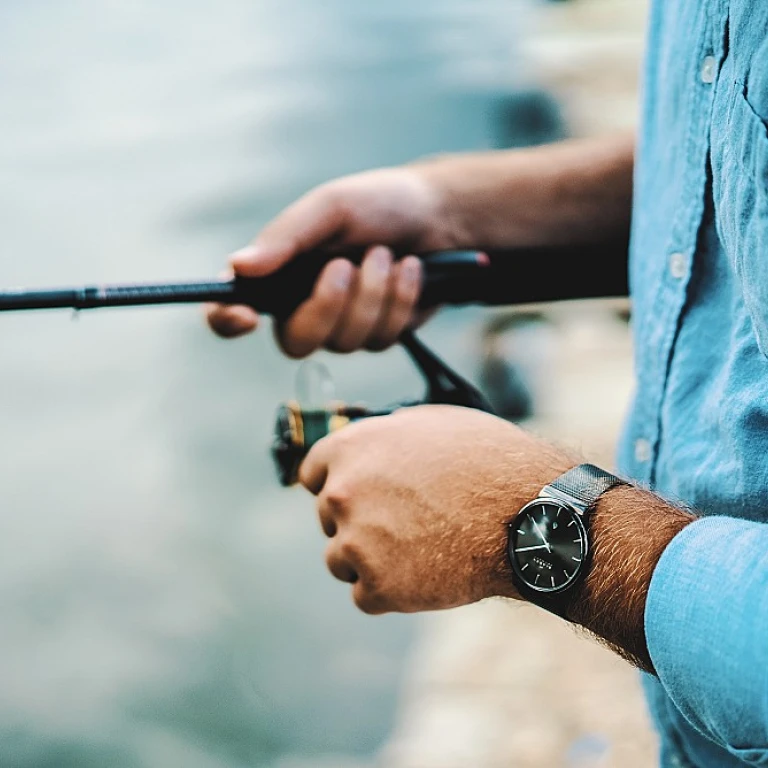
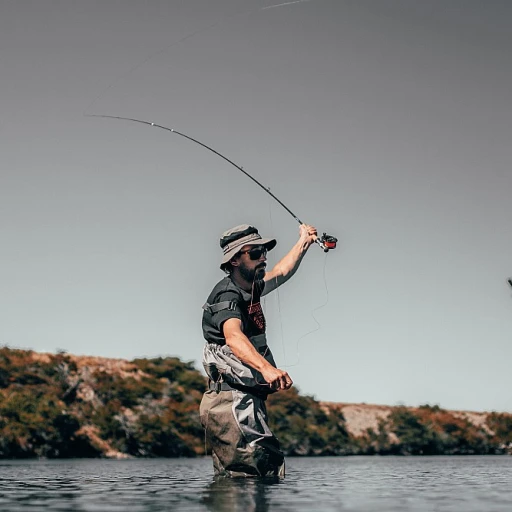
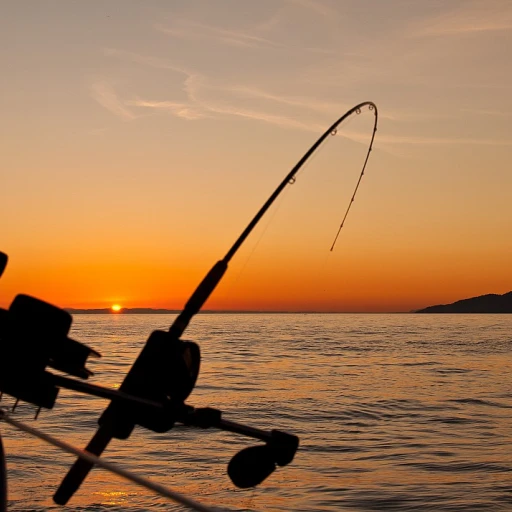
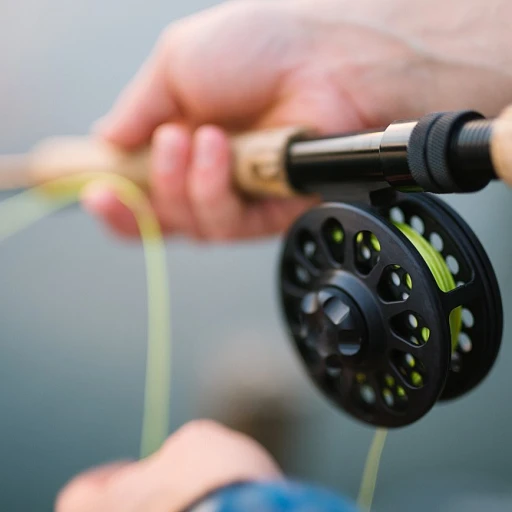
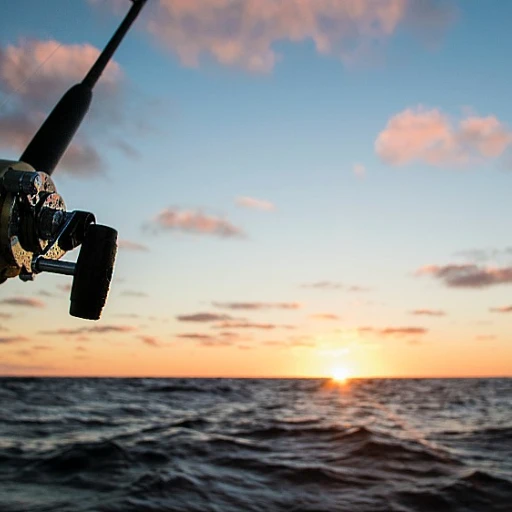
-large-teaser.webp)
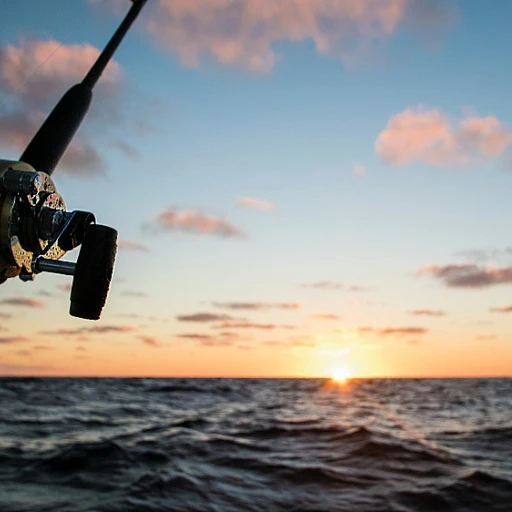
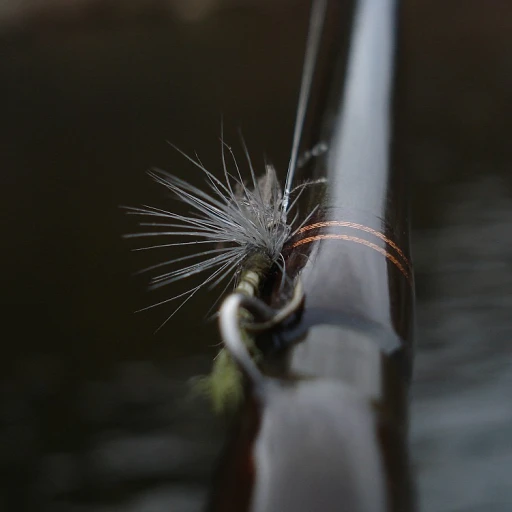
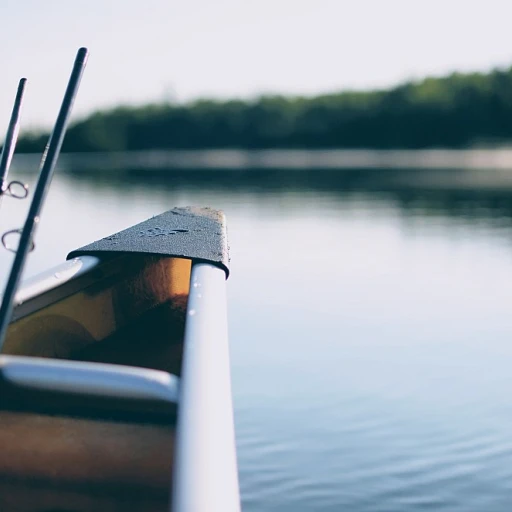
-large-teaser.webp)
